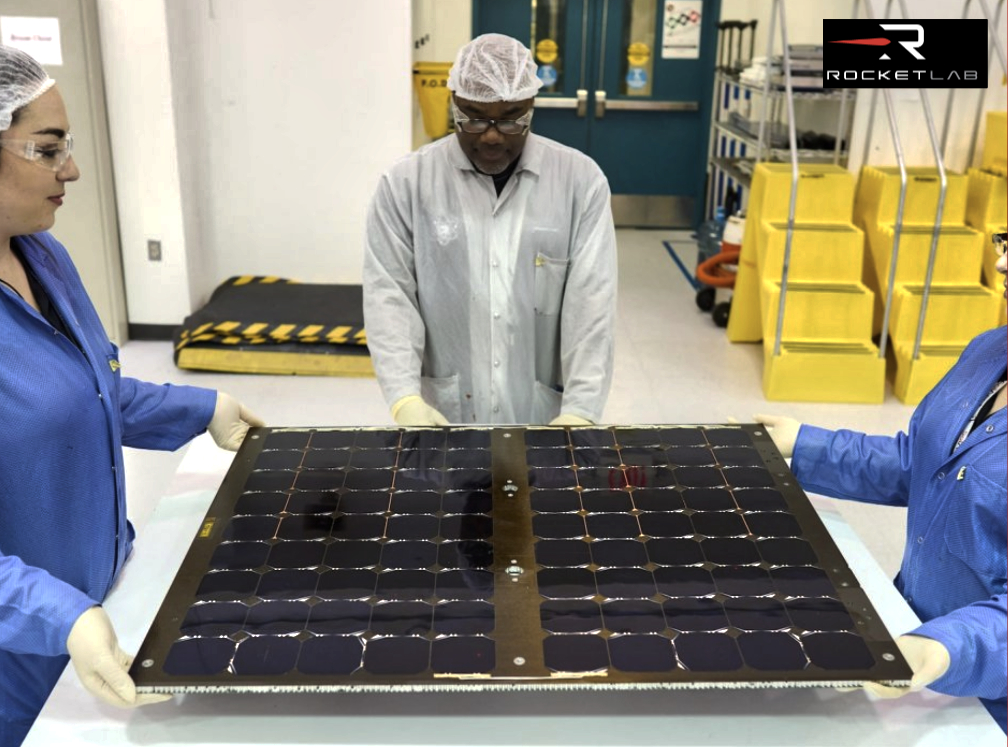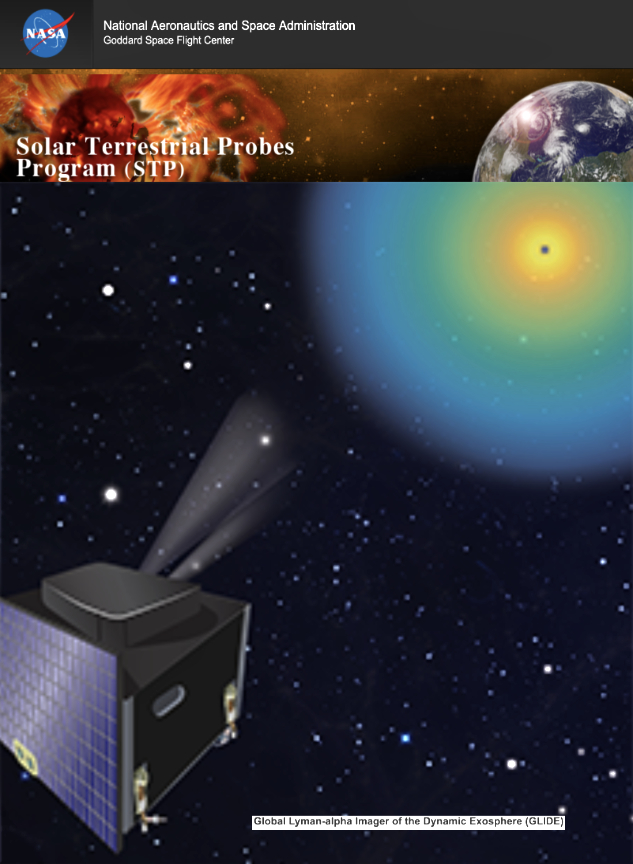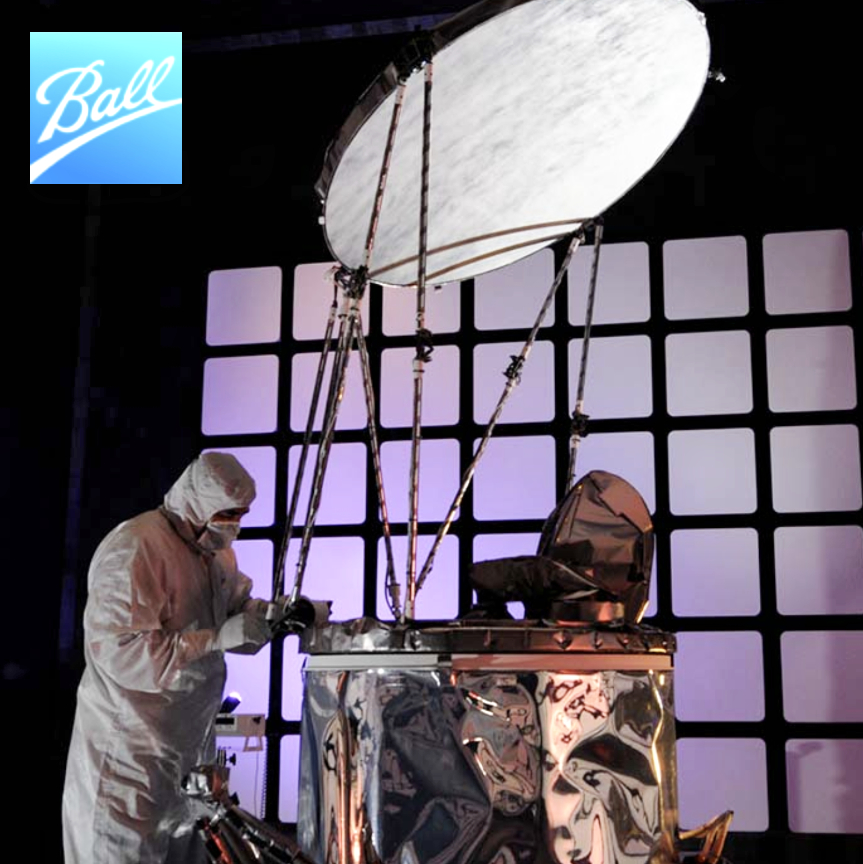
Rocket Lab (Nasdaq: RKLB) (“Rocket Lab” or “the Company”) has been selected by Ball Aerospace to manufacture the Solar Array Panel (SAP) to power NASA’s Global Lyman-Alpha Imager of Dynamic Exosphere (GLIDE) mission spacecraft that is planned to launch in 2025.

GLIDE is a heliophysics mission intended to study variability in Earth’s atmosphere.

The SAP will use SolAero by Rocket Lab’s high-efficiency, radiation-hardened, quadruple-junction Z4J solar cells, laid down on carbon composite facesheet panels manufactured at the company’s facilities in Albuquerque, New Mexico.
The GLIDE spacecraft will launch with another Rocket Lab-powered spacecraft, also built by Ball Aerospace, the NOAA’s Space Weather Follow On-Lagrange 1 (SWFO-L1). SWFO-L1 is a heliophysics mission that will collect solar wind data and coronal imagery to meet NOAA’s operational requirements to monitor and forecast solar storm activity.

Rocket Lab has provided power to multiple spacecraft as part of NASA’s Heliophysics Division missions including the Parker Solar Probe, the first-ever mission to “touch” the Sun that launched in 2018, and the Magnetospheric Multiscale (MMS) mission, a robotic space mission to study Earth’s magnetosphere that launched in 2015.
“Rocket Lab has become the ‘go-to’ provider of space solar power and space systems products throughout the space industry, including for ambitious heliophysics missions like GLIDE,” said Rocket Lab founder and CEO, Peter Beck. “I am grateful to our partners at Ball Aerospace for selecting Rocket Lab and excited to be working with them to support NASA’s Heliophysics missions to deliver advanced science..”
Founded in 2006, Rocket Lab is an end-to-end space company with an established track record of mission success. We deliver reliable launch services, satellite manufacture, spacecraft components, and on-orbit management solutions that make it faster, easier and more affordable to access space. Headquartered in Long Beach, California, Rocket Lab designs and manufactures the Electron small orbital launch vehicle and the Photon satellite platform and is developing the Neutron 8-ton payload class launch vehicle. Since its first orbital launch in January 2018, Rocket Lab’s Electron launch vehicle has become the second most frequently launched U.S. rocket annually and has delivered 146 satellites to orbit for private and public sector organizations, enabling operations in national security, scientific research, space debris mitigation, Earth observation, climate monitoring, and communications. Rocket Lab’s Photon spacecraft platform has been selected to support NASA missions to the Moon and Mars, as well as the first private commercial mission to Venus. Rocket Lab has three launch pads at two launch sites, including two launch pads at a private orbital launch site located in New Zealand and a second launch site in Virginia, USA which is expected to become operational in 2022.
